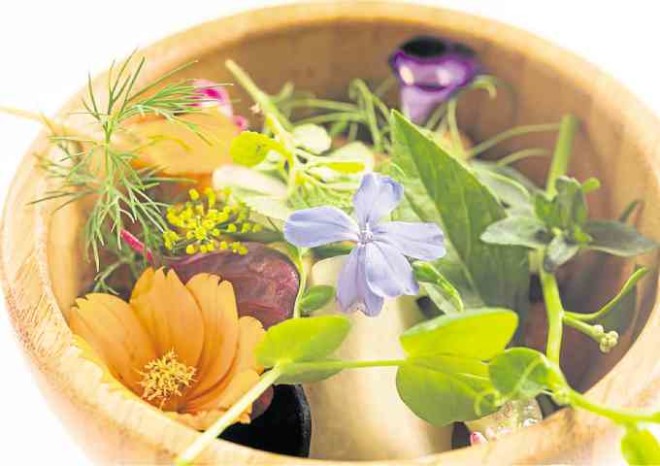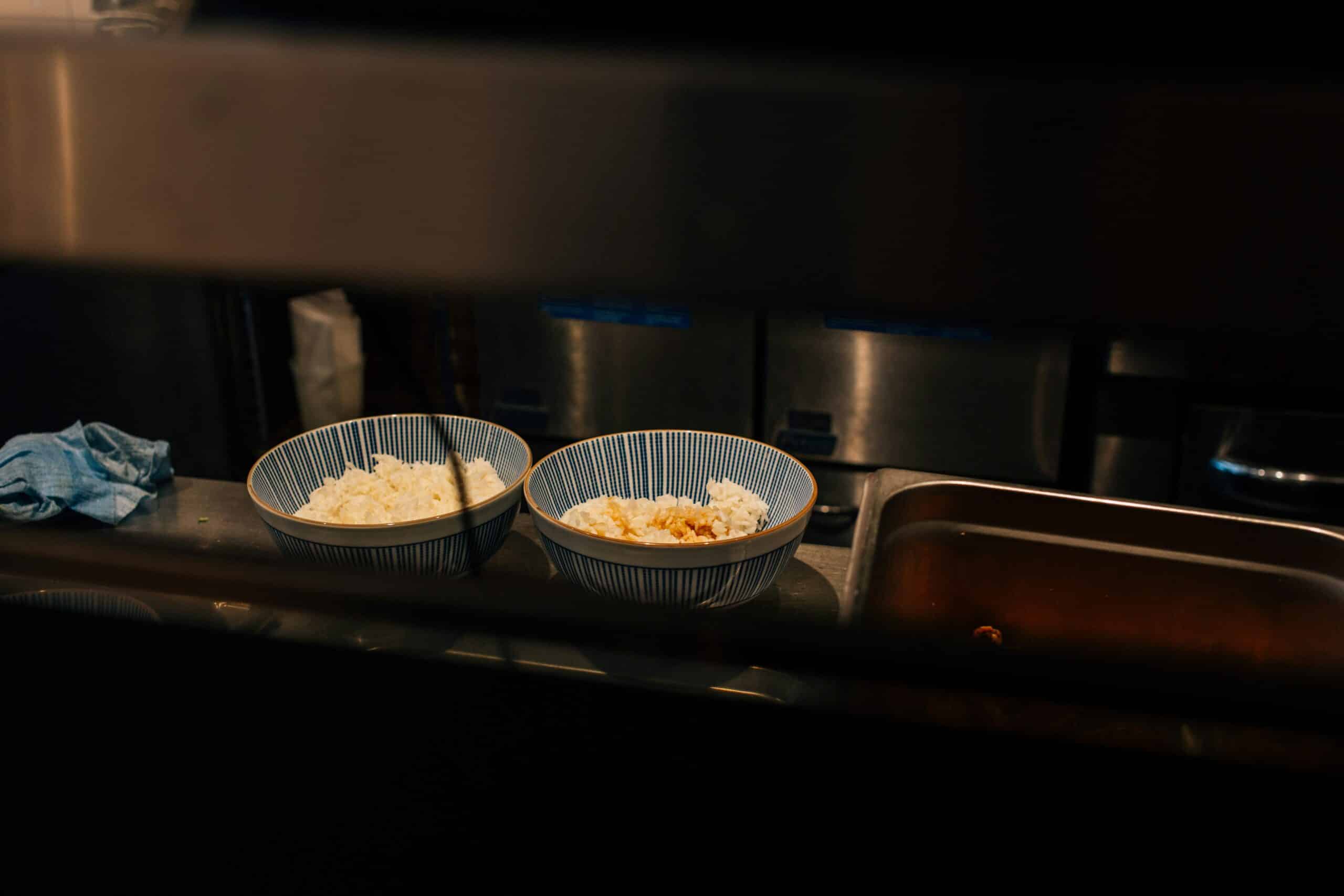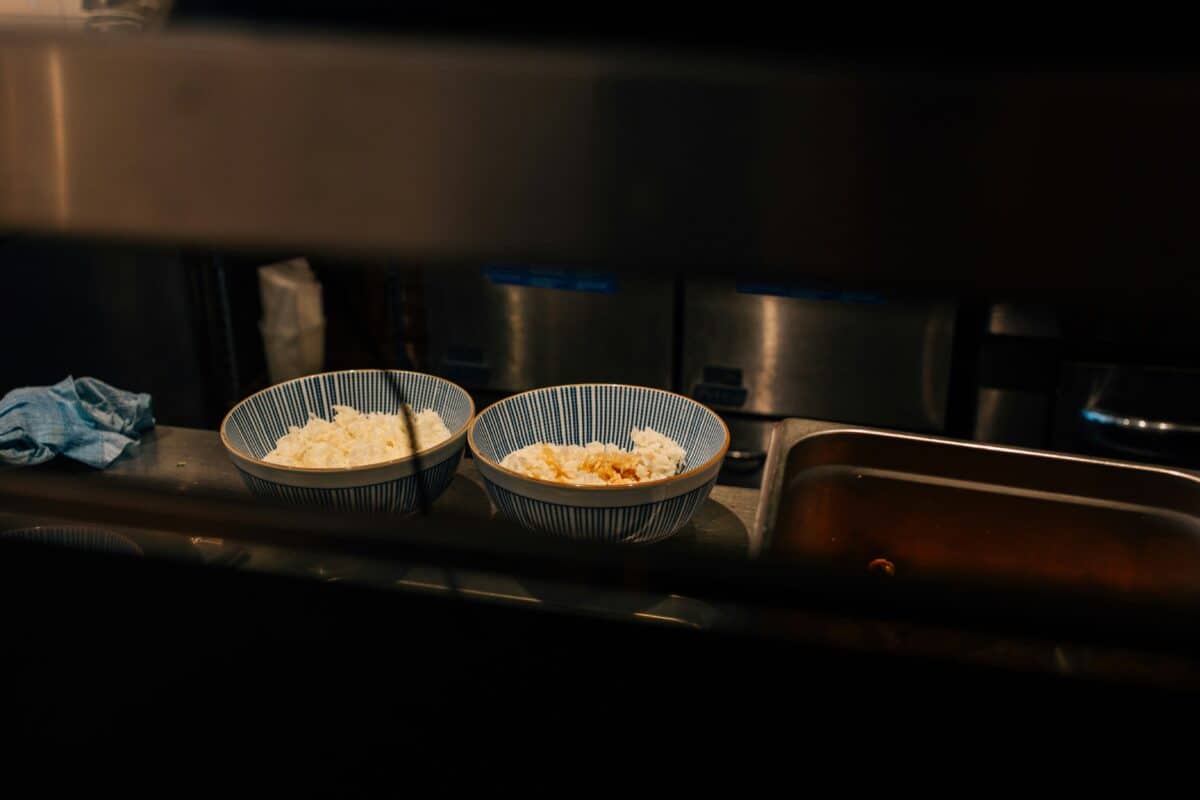
When I was requested to speak before restaurateurs on the subject of trends, I had to beg off because I hardly do restaurant reviews anymore and so cannot tell what new thing is on the culinary horizon.
But that brought to mind an article I read recently on just that subject, “Les Tendances Culinaires” (The Culinary Trends). It was written by David Leibovitz, an American pastry chef who lives and works in Paris, and whose observations are on the trends in France.
Robust servings
In the 1990s, the “bistro gastronomique movement” began to take shape, he wrote. In what became known as gastro bistros, starched tablecloths were replaced by hardier butcher’s paper. Waiters wore casual shirts. Wine was served in supermarket glasses. But the quality of both the food and wine remained high.
It’s just that with fewer amenities, prices were more reasonable. There was no need for a cave of wines because written on the blackboard was the available wines for that day. Instead of minimalist food, cheaper cuts of meat were braised, for instance, and so robust servings could be done.
My interview with chef Alain Ducasse three years ago revealed something of the sort when the chef mentioned “bistronomy,” a new way to call a contemporary bistro, as against a classic bistro in terms of both food and setting. The French had redefined the bistro, and Leibovitz said it was for the better.
However, in 2000, another trend was spotted that didn’t improve French cuisine at all. It had what Leibovitz considered an unfortunate name—“Le Fooding.” It wasn’t the best reaction to Spain’s so-called molecular gastronomy or Britain’s culinary awakening. The trend had French chefs putting cumin in almost everything, layering food in a glass, serving salad on a spoon. Remnants of that trend remain today, though thankfully not the cumin part.
French innovation
But even with that culinary slip, Leibovitz hasn’t counted out French innovation. He said many pastry chefs have made updated versions of classics, such as Jacques Genin whose buttery caramel has the “richness offset by a mix of spices, which include star anise and cinnamon.” He expressed the wish that the young chefs would treasure their classic recipes and use the remarkable ingredients grown in France.
Spain has had many movements in that same period. The most talked about was Ferran Adria’s “cocina de vanguardia,” which is the correct name to use for the movement he started, instead of molecular gastronomy. When Adria’s restaurant El Bulli closed, there was concern that the momentum of Spanish culinary innovation would end.
That hasn’t happened. Spanish chefs have continued to be creative powerhouses. A New York Times article by Julia Moskin written in 2011 enumerated some of them.
There’s “Technomotion,” coined by chef Andoni Luis Aduriz of Mugaritzm, who explained it as “a fusion of technology and emotion.” Chef Quique Dacosta of Denia expounded on it by making his edible landscape an example of “finding the inspiration in a landscape and embodying the taste, aroma and sometimes the emotion the place contributed to you.”
“Regresar a las raices” (Return to Roots) movement is a trend in the opposite direction. Here, Spanish chefs use “local ingredients and traditional techniques, but refined to an extraordinary level,” according to Moskin.
Plant-based cuisine
At Madrid Fusion Manila in April, there were chefs who expounded on their own movements. Spanish chef Rodrigo de la Calle establishes greenhouses with a botanist to produce what he calls “gastrobotanicals”—
flowers, citrus, vegetables from the desert and Mediterranean and Asian mushrooms for his cooking, which is considered plant-based cuisine, not vegetarian or vegan.
Some chefs grow their vegetables and fruits, while Magnus Ek of Sweden goes diving for his restaurant’s seafood and uses only products from Scandinavian countries.
Using local was also exemplified by two Bali-based chefs, Indonesian Ray Adriansyah and Dutch Eelke Plasmeijer. For their restaurant Locavore, they buy ingredients only from farmers and fishermen in the area, and use works by artisans for their décor and serving plates.
Like their counterparts all over the world, Filipino chefs have also started to study our ingredients, locate the best sources, and interpret traditional procedures using modern equipment. These may not be as revolutionary as France’s nouvelle cuisine or Spain’s cocina de vanguardia, but it is a good sign that culinary creativity is alive in our country.
For those interested to write about food, Power of Pen will have its 7th series of seminars called “Regional Food Convergence” at Bayanihan Center on Boni Ave., Mandaluyong, 8 a.m. to 5 p.m. The speakers are authors of regional food books—Cora Alvina (Batanes), Amy Besa, Tatung Sarthou, Edgie Polistico, Datu Shariff Pendatun, Claude Tayag and Macario Tiu (Davao).
Call the organizer, Stram Inc., at 3523187, 9277208, 9276296 or visit strameventsinc.com.
E-mail the author at [email protected].













































